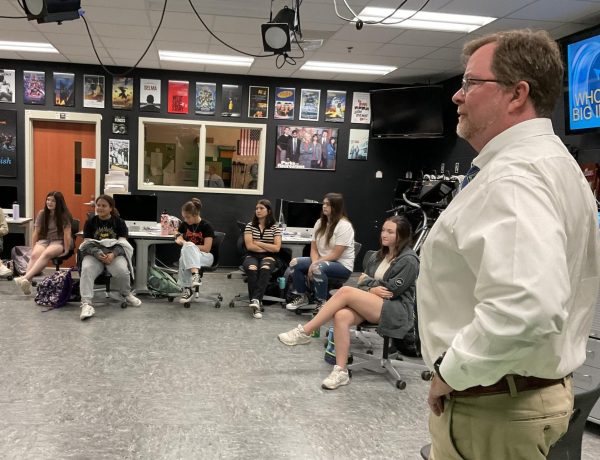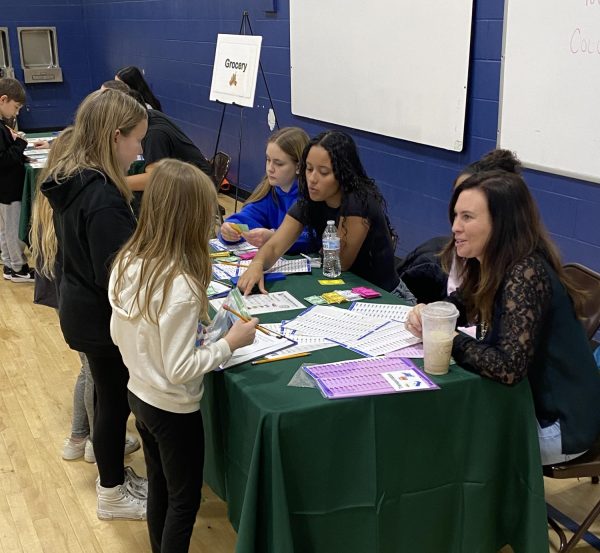To Close or Not to Close?
Isn’t That Everyone’s Question?
To close, or not to close? This is the question everyone in Fluvanna has been asking this winter at FCHS. And while it’s easy to be angry (or happy) with the decisions, few realize all the factors that go into the decision to delay or close school.
Students may think that school is cancelled whenever there is the slightest hint of snow or ice. But while residents of Lake Monticello may not see problems with their roads, those who live in the far reaches of Fluvanna know the poor conditions all too well. Fluvanna is primarily composed of secondary roads which are virtually never treated by VDOT (Virginia Department of Transportation) by the time Fluvanna buses hit the roads in the mornings. ”We begin picking students up at 6:30 am. On a two-hour delay that becomes 8:30 am, and often the temperatures have still not risen high enough to melt the ice or snow,” said Tom Patrick, who makes those cancellation recordings you get on your phone.
In order to insure the safety of the students, many people are involved in making the decision to close school. Some of the deciding factors include:
· Can the bus drivers get the students in a reasonable time and transport them safely?
· Are the buses able to run a route without shutting down?
· Is there ice or snow on the roads?
· Is VDOT helping those back roads?
· Are the bordering counties seeing problems with the connecting roads?
· If school does open, does the school believe they can the school transport the students home safely and have enough time to warn parents in case of an early release?
Even the superintendent has a role in the decision. “I connect with area superintendents to determine which schools are planning to close,” said Superintendent Gena Keller. All of these factors are carefully considered when making a final decision, which is far more complicated than just looking out one’s bedroom window. ”Fluvanna has never closed for ‘nothing’. This is one of the most difficult decisions that has to be made [and] we want our staff and students to be here,” said Patrick.
Another consideration in whether to close school is the safety of teen drivers. “There may still be an ‘invisible threat’ called black ice. Black ice forms when any leftover moisture on the roads freezes,” said local meteorologist Brantley Ussery. Like it sounds, “Black ice” is black and blends in with the asphalt, making it extremely dangerous. That’s why having good working tires is crucial. ”Tires that have exceeded their life span should be replaced by new ones and they should be inflated to an appropriate level,” said Ussery.
A final consideration is that most teens have had limited experience driving on icy roads, which makes wintery days especially dangerous. “Practicing accelerating, braking and turning in an empty snow-covered parking lot could help teens understand how their vehicle handles in these conditions,” said Patrick.
The district staff always tries its hardest to ensure safety for all students. So while many like to assume they know why decisions are made, in this case, what you don’t know could be the thing that hurts you.





